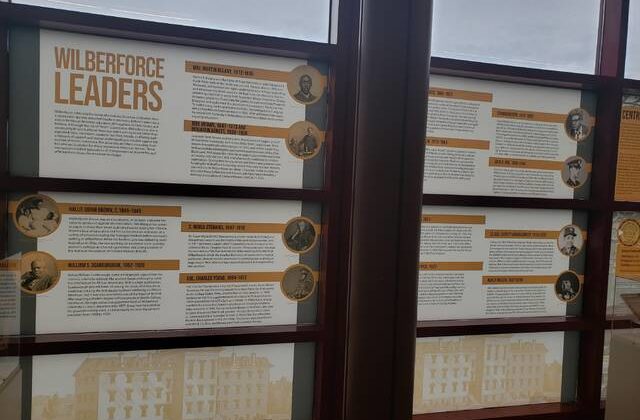
Ohio home to National Afro-American Museum and Cultural Center
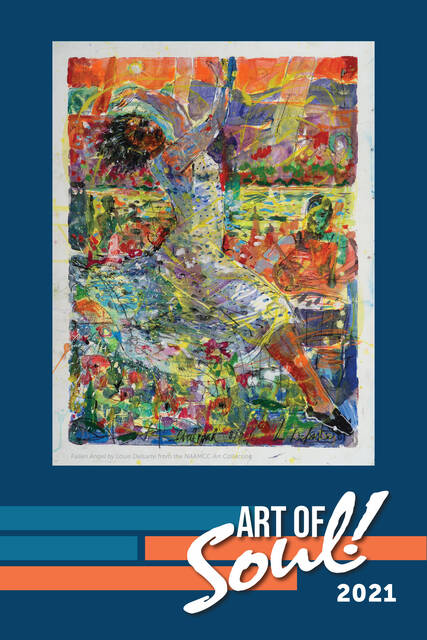
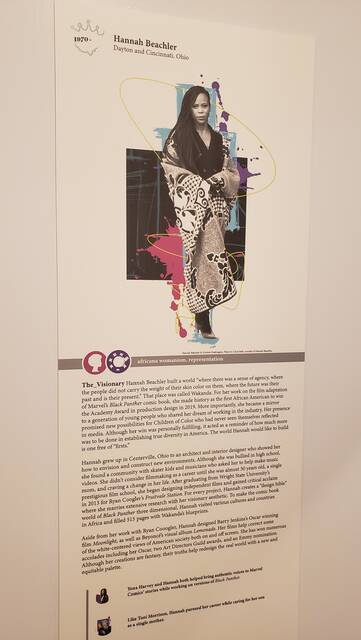
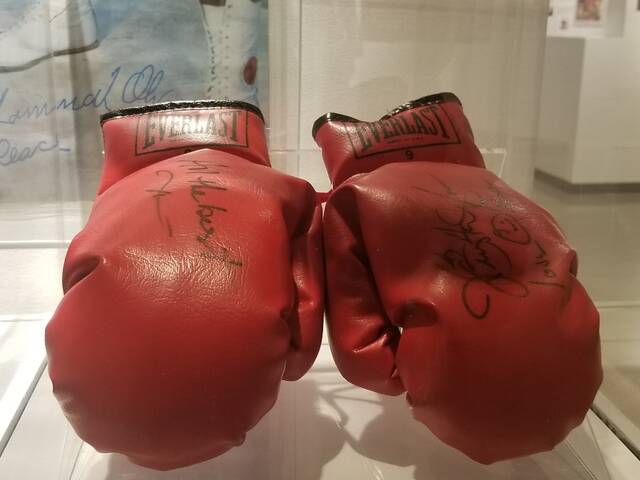
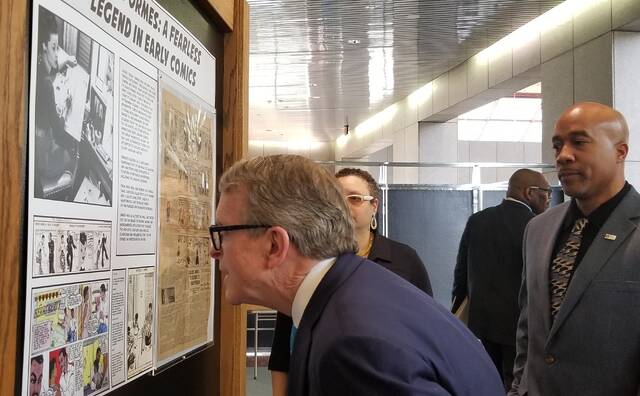
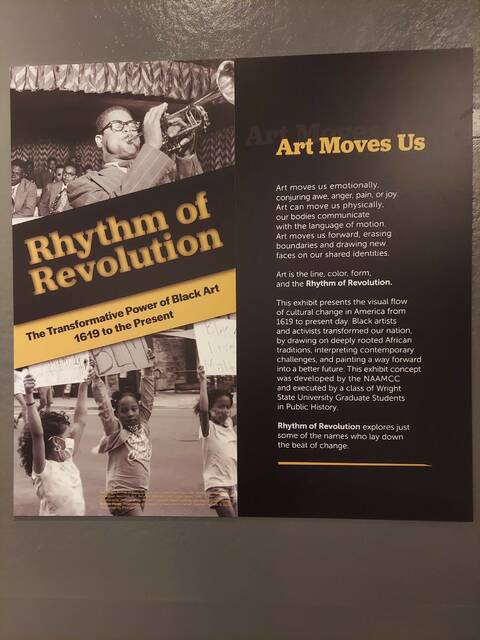
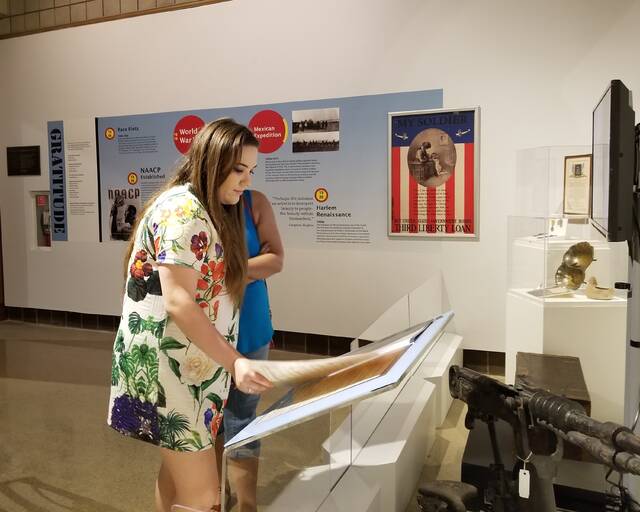
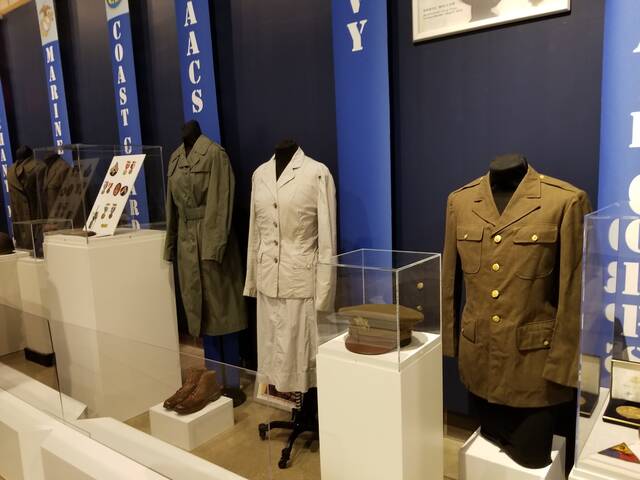
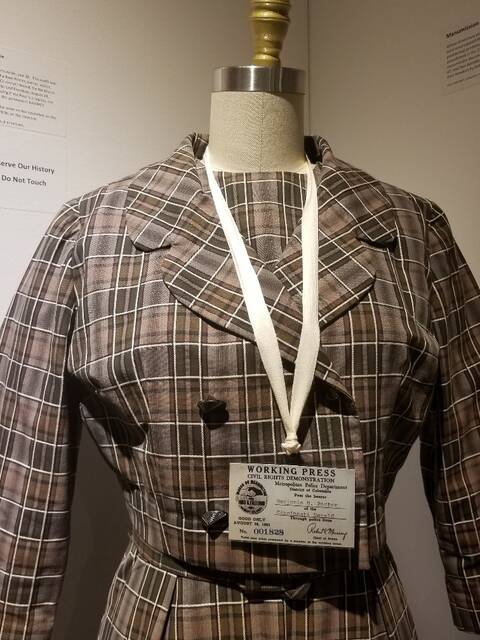
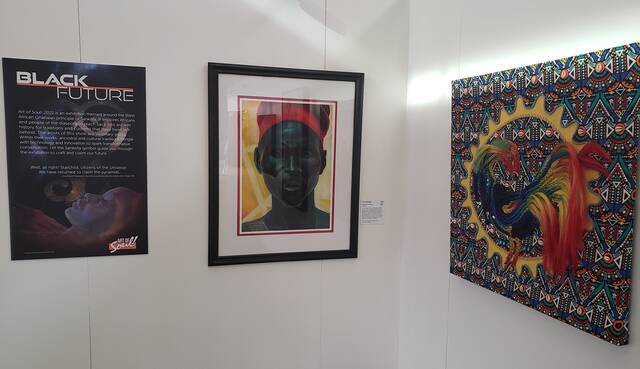
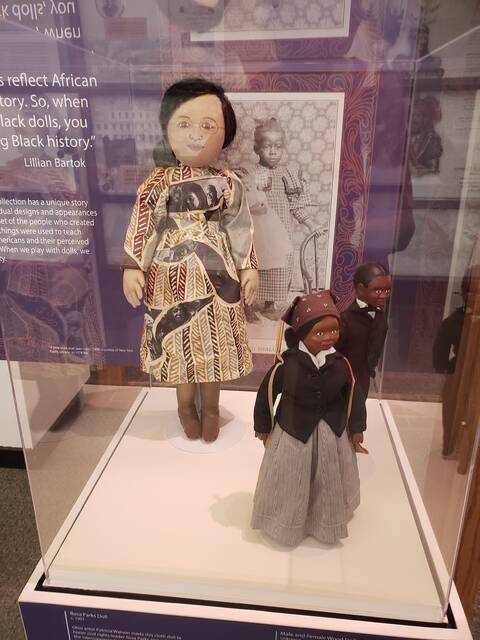
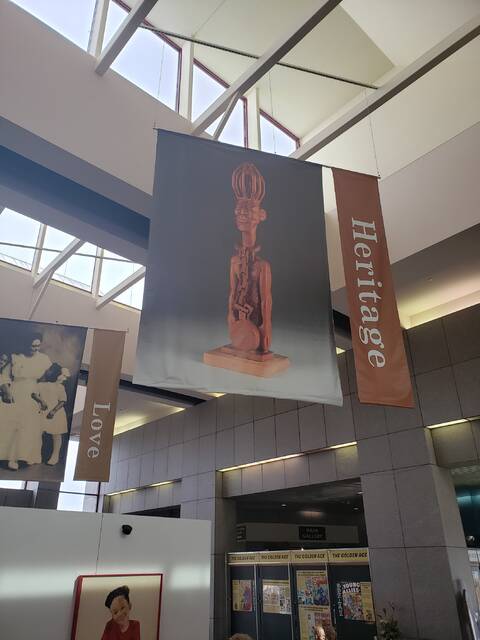
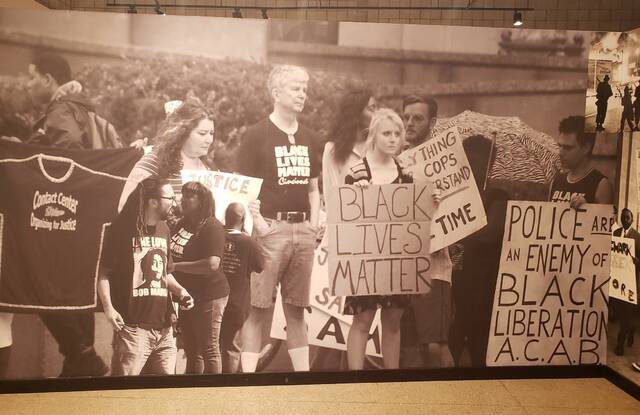
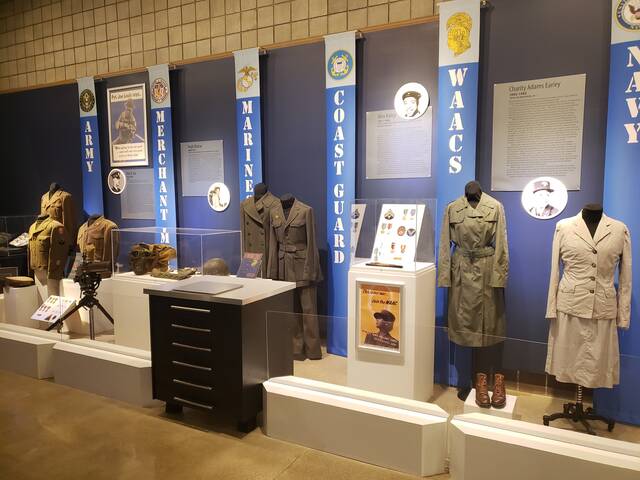
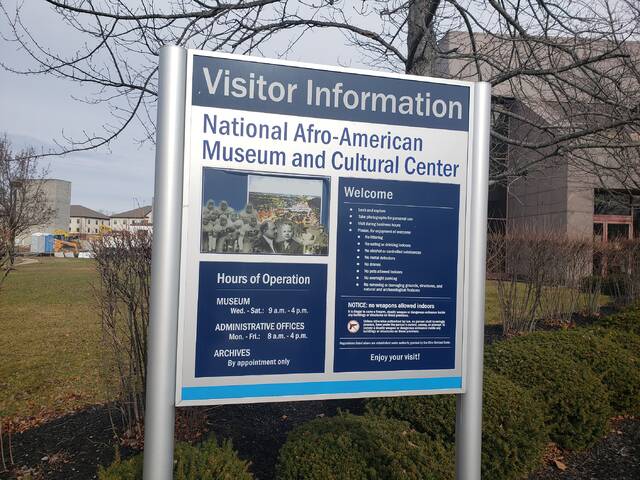
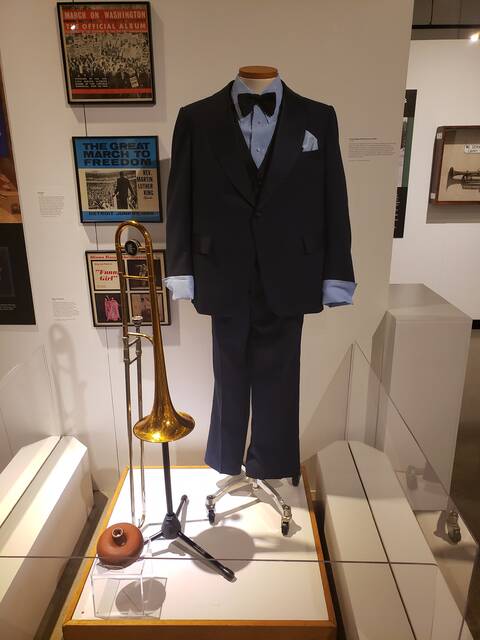
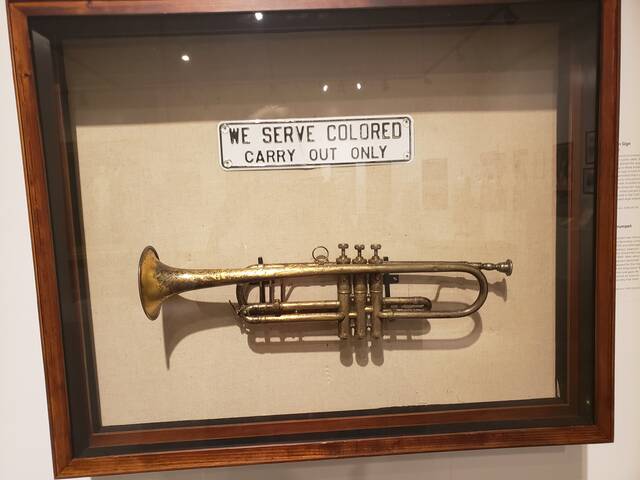
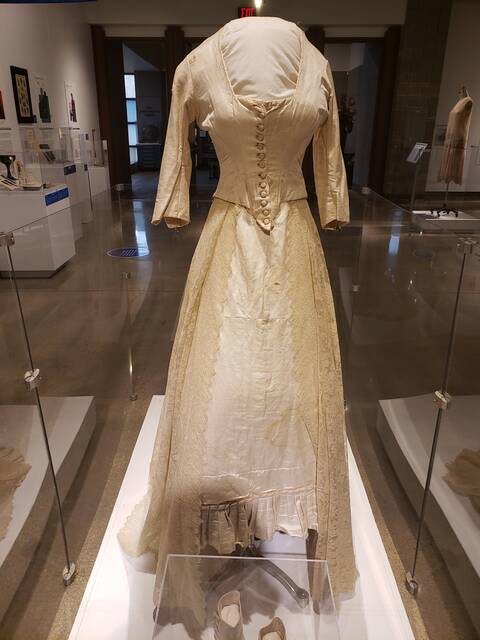
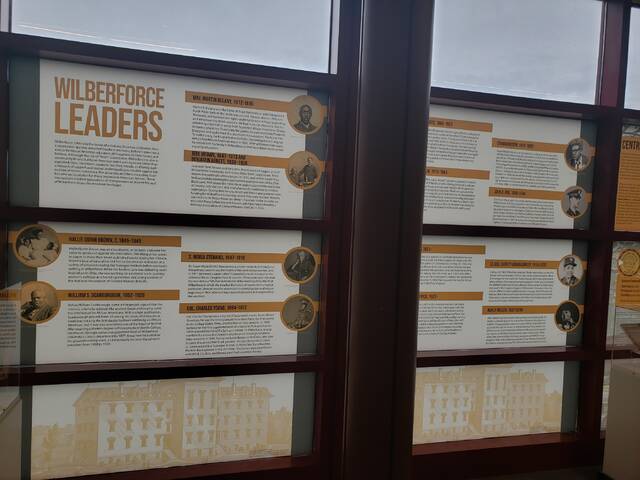
Twenty-eight years before the National Museum of African American History and Culture opened in Washington, D.C., the doors of the National Afro-American Museum and Cultural Center opened at Central State University in Wilberforce, Ohio.
The state was ahead of the curve in showcasing the history, contributions and achievements of Black Americans across the country, but especially those with ties to Ohio.
“The mission (of the museum) is to collect, preserve and interpret the African American experience from African origins to the present day,” said Jerolyn Barbee, assistant director of the Wilberforce institution.
It is fitting the museum is adjacent to both Central State and Wilberforce universities. Wilberforce, established in 1856, is the oldest Black owned and operated institution of higher learning in the United States. Central State, established in the 1950s, has educated dozens of nationally prominent Black Americans.
The idea of an Ohio cultural center focused on African Americans first came to light in the 1970s. But it took former Dayton Mayor C.J. McLin to really “get things rolling,” Barbee said.
Construction of the museum started in 1986 with support from the Ohio Historical Society (now Ohio History Connection) on state-owned land just off U.S. 42, adjacent to Central State. The building was completed two years later.
Today, it attracts about 4,500 visitors annually, Barbee said.
They come to see its more than 9,000 artifacts, ranging from clothing and historic photographs to slave shackles. Paintings by both prominent and aspiring Black artists are an important feature.
There’s a wedding dress designed by Elizabeth Hobbs Keckley, a former slave and Cincinnati resident, who became dressmaker to First Lady Mary Todd Lincoln.
The typewriter Alex Haley used to write the now-famous novel Roots is among the more modern exhibits, as are Gregory Hines’ tap shoes and Muhammad Ali’s boxing gloves.
An exhibit dedicated to Col. Charles Young, the third Black graduate of West Point, honors his contributions toward desegregating the military. Young was a former Buffalo Soldier who became America’s first Black national park superintendent.
He taught tactics at Wilberforce and sought a command in World War I but was rejected purportedly for health reasons. He rode a horse from Wilberforce to Washington, D.C. to prove his physical worthiness for the job. Young persisted and finally obtained the command – four days before the war ended.
“African Americans Fighting for a Double Victory” is another military exhibit that showcases how Blacks served their country during World War II. It includes stories by Tuskegee Airmen, the Red Ball Express and veterans from Ohio. It explores how their contributions sparked advances in civil rights that happened post-war.
Current exhibits include “Queens of the Heartland” – stories of 30 Black women from Ohio who were a significant influence in the suffrage and civil rights movements.
Another current display explores Black power in comic books, especially the Black Panther super-hero series, created by Stan Lee and Jack Kirby in 1966.
“Art of SOUL” is a juried art show that drew entries from across the country and will be on display through February. Its 66 pieces reflect themes related to the African diaspora, as well as African American culture and history. Visitors and museum Facebook followers may vote for their favorites.
Rhythm of Revolution is a current exhibit that draws on deeply rooted African traditions to map the visual flow of culture change in America from 1619 to the present day as led by Black artists and activists.
Some of the Ohio museum’s artifacts are currently on lend to the Smithsonian’s national museum in Washington D.C. A painting called Freedom Now by Reginald Gammon was lent to the Musee du Quai Branly in Paris, then transferred to the Tate Museum in London, England, finally landing at The Grey Art Gallery at New York University.
“It is well traveled,” Barbee joked.
The museum’s archives are a research mecca for college students. And busses of high school students from all over Ohio, and as far away as Chicago, Philadelphia and Pittsburgh, are drawn to the museum for visits and tours, Barbee said.
The museum continues to look for and obtain important historic objects related to Black history and culture. Anyone seeking to donate items should call 800-752-2603.
The National Afro-American Museum and Cultural Center is located at 1350 Brush Row Rd. in Wilberforce. Hours are 9 a.m. to 4 p.m. Wednesday thru Saturday. It is closed Sunday, Monday, Tuesday and holidays.
ID, 'source', true); $sourcelink = get_post_meta($post->ID, 'sourcelink', true); $sourcestring = '' . __('SOURCE','gabfire') . ''; if ($sourcelink != '') { echo "
$sourcestring: $source
"; } elseif ($source != '') { echo "$sourcestring: $source
"; } // Display pagination $args = array( 'before' => '' . __('Pages:','gabfire'), 'after' => '
', 'link_before' => '', 'link_after' => '', 'next_or_number' => 'number', 'nextpagelink' => __('Next page', 'gabfire'), 'previouspagelink' => __('Previous page', 'gabfire'), 'pagelink' => '%', 'echo' => 1 ); wp_link_pages($args); // Display edit post link to site admin edit_post_link(__('Edit','gabfire'),'','
'); // Post Widget gab_dynamic_sidebar('PostWidget'); ?>